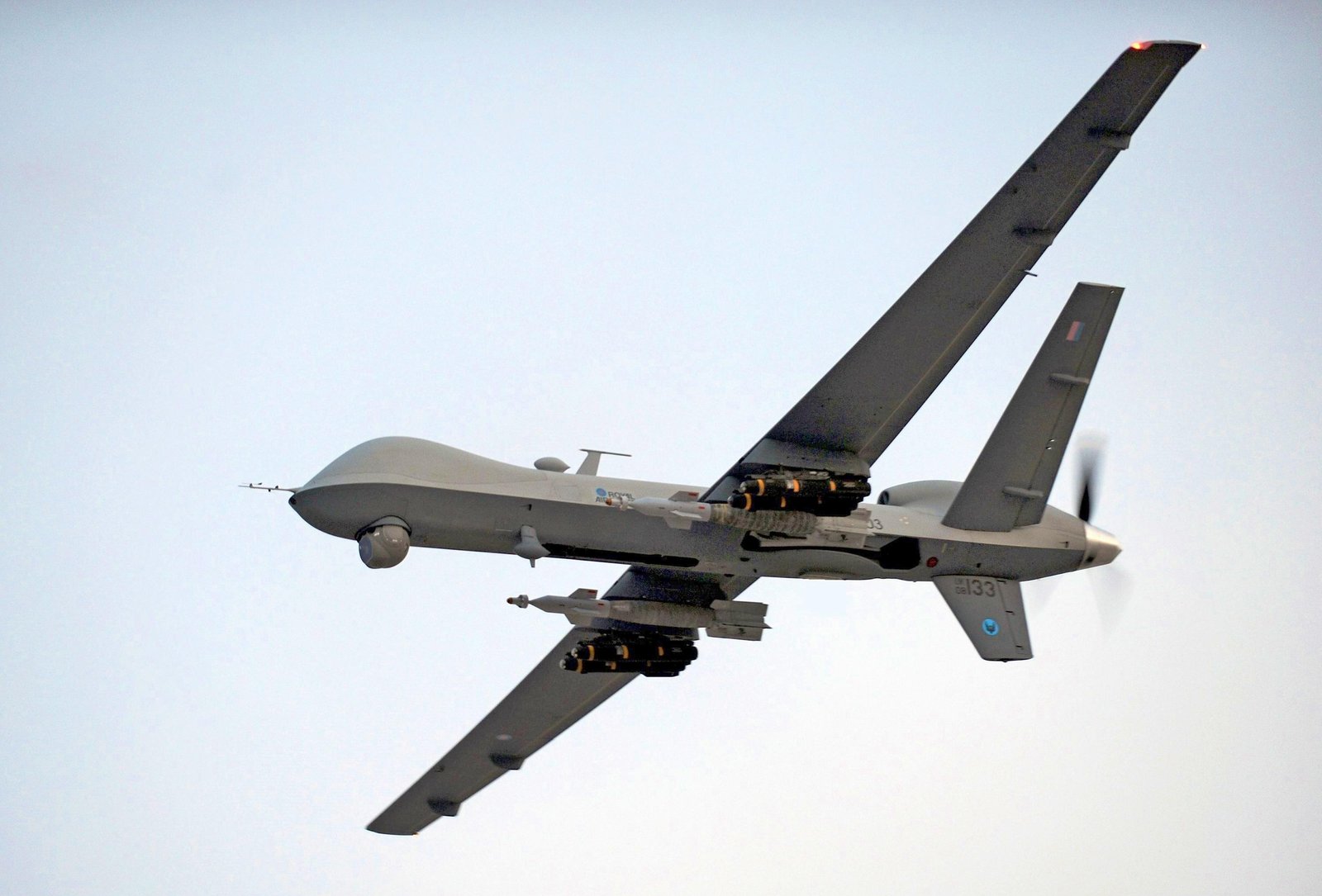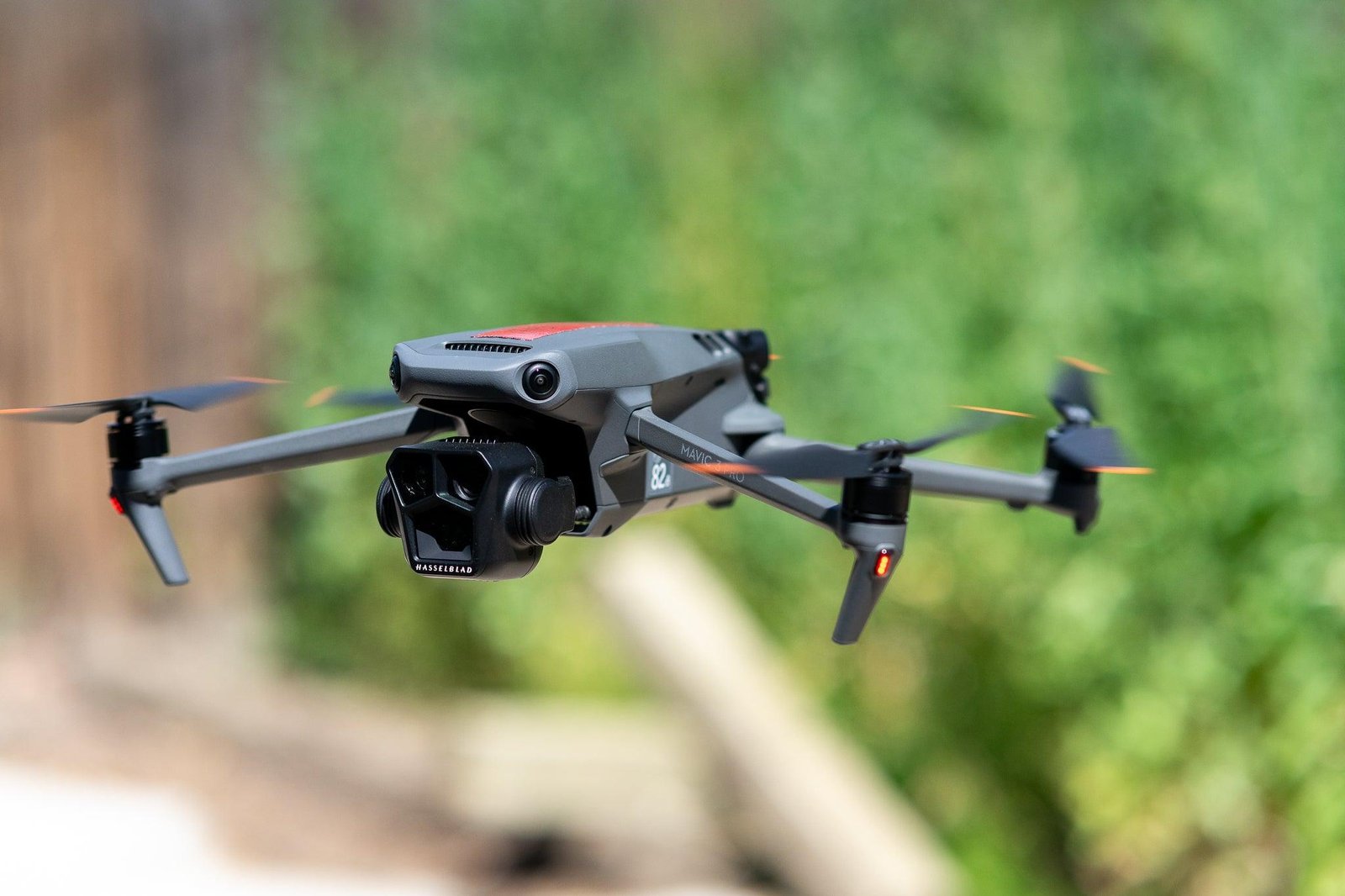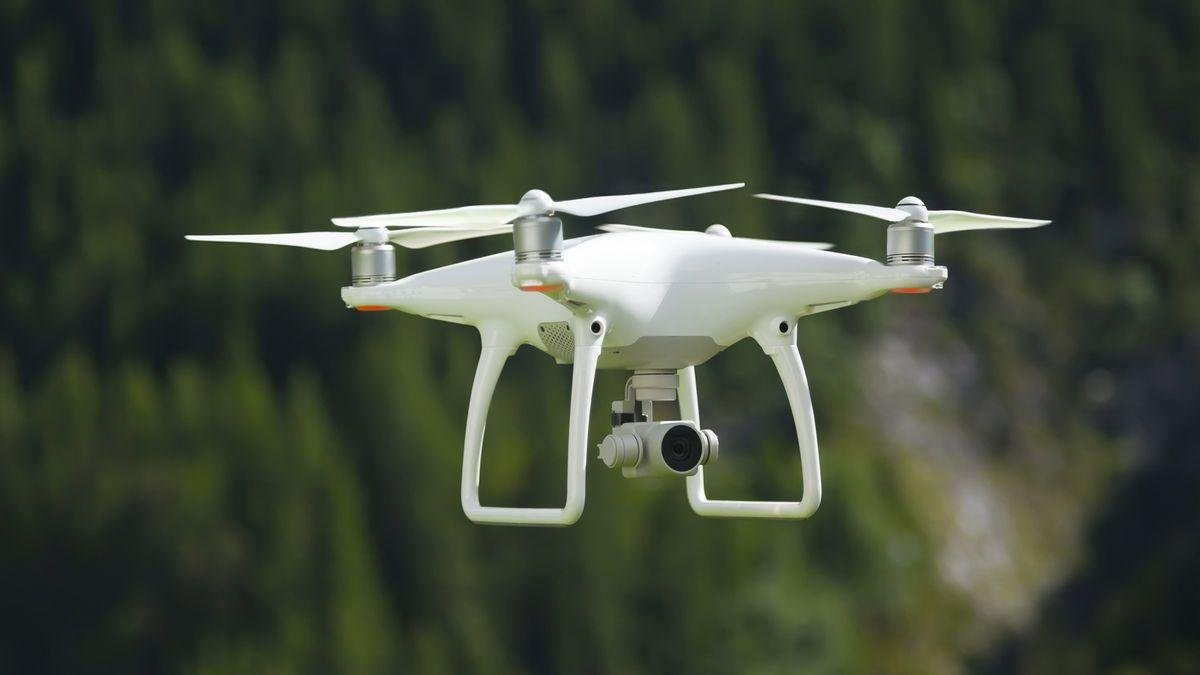In the realm of visual storytelling, capturing that perfect aerial shot can turn a good film into a breathtaking masterpiece. As technology soars to new heights, drones have revolutionized the art of cinematography, offering unprecedented perspectives and smooth, sweeping shots once reserved for big-budget productions. Whether you’re an aspiring filmmaker, a seasoned director, or a content creator pushing the boundaries of your artistic vision, the right drone can elevate your footage to cinematic brilliance. Join us as we explore the top drones designed to transform your visual narratives, bringing the magic of Hollywood to your fingertips, all while navigating the skies like never before.
Unveiling the Best Drones for Stunning Cinematic Shots
When it comes to capturing the mesmerizing beauty of cinematic footage, the key lies in choosing the right drone. The DJI Mavic 3 is a favorite among filmmakers for its **Hasselblad camera** capable of shooting up to **5.1K resolution**. It’s also equipped with **Omnidirectional Obstacle Sensing**, making it easier to navigate challenging environments. Another worthy contender is the **Autel Robotics EVO Lite+**, which offers impressive low-light performance thanks to its **night mode** feature and an adjustable aperture ranging from **f/2.8 to f/11**.
For those on a tighter budget, the **DJI Air 2S** provides outstanding quality at a fraction of the cost. Its **1-inch CMOS sensor** ensures superb image clarity and color accuracy. If portability is your main concern, the **DJI Mini 2** should be on your radar. Despite its compact size, it boasts a **4K camera** and **intuitive flight controls**. Below is a quick comparison of these top choices:
| Drone Model | Camera Resolution | Special Features |
|---|---|---|
| DJI Mavic 3 | 5.1K | Omnidirectional Sensing |
| Autel Robotics EVO Lite+ | 4K | Night Mode |
| DJI Air 2S | 5.4K | 1-inch CMOS Sensor |
| DJI Mini 2 | 4K | Portable Design |

Advanced Features to Elevate Your Aerial Filmmaking
Drones today come equipped with an array of **advanced features** that can take your aerial filmmaking to new heights. Among these features, **intelligent flight modes** are particularly groundbreaking. Modes such as **Follow Me**, **Orbit**, and **Waypoints** enable drones to autonomously follow subjects, circle around them, or fly predefined routes, allowing for hands-free, smooth, and dynamic cinematography. These modes transform complex shots into simple tasks, making them accessible even to beginners.
Another game-changer is the incorporation of **high-quality gimbal stabilization systems** that ensure buttery-smooth footage regardless of flight conditions. Moreover, drones now come with **4K and even 8K cameras**, armed with large sensors and adjustable apertures, enabling stunningly detailed shots and exceptional low-light performance. Additional features like **obstacle avoidance sensors**, **hyperlapse capabilities**, and **real-time video transmission** only add to the potential of what can be achieved from the skies.
| Feature | Benefit |
|---|---|
| Intelligent Flight Modes | Simplifies complex shots |
| High-Quality Gimbal Stabilization | Ensures smooth footage |
| 4K/8K Cameras | Stunningly detailed shots |
| Obstacle Avoidance | Enhances flight safety |

Expert Tips for Maximizing Your Drone’s Filmmaking Potential
Achieving cinematic quality with your drone involves honing your skills and understanding your equipment inside out. Here are some **expert tips** you can follow to elevate your drone filmmaking:
- Master Your Controls: Spend time getting familiar with the controls of your drone. Smooth, controlled movements are essential for creating cinematic footage.
- Utilize Manual Settings: While automatic settings can be convenient, manual controls over ISO, shutter speed, and white balance let you adapt to different lighting conditions for more professional results.
- Create Dynamic Shots: Incorporate a variety of shots like orbits, flyovers, and tracking shots to add dynamic elements that captivate the viewer.
| Tip | Benefit |
|---|---|
| Master Your Controls | Smoother, more controlled footage. |
| Utilize Manual Settings | Better handling of lighting conditions. |
| Create Dynamic Shots | Engages and captivates the audience. |
Consider investing in **ND filters** to manage exposure and achieve the desired motion blur effortlessly. Also, plan your flight paths meticulously to avoid abrupt changes and jerky movements. Pre-visualize your shots and adhere to the golden hour for that enchanting light quality that lends a warm, cinematic feel to your footage.

Top-Rated Drones: Detailed Reviews and Recommendations
When it comes to capturing breathtaking aerial views, the DJI Phantom 4 Pro remains a staple for many filmmakers. With its 20MP camera and 1-inch CMOS sensor, it produces stunningly crisp and well-detailed images. The drone’s dynamic range and color accuracy are exceptional, making it a prime choice for serious videographers. Additionally, its intelligent flight modes, such as ActiveTrack and TapFly, allow for seamless and smooth navigation, ensuring you get the perfect shot every time.
Another worthy contender is the Autel Robotics EVO II, a powerhouse of performance packed into a compact design. Sporting an 8K camera, it offers unparalleled resolution that brings every frame to life. This drone is ideal for those looking to push the boundaries of aerial cinematography. Moreover, it features a robust obstacle avoidance system, providing an extra layer of security during complex shoots. Here’s a quick comparison for better insights:
| Feature | DJI Phantom 4 Pro | Autel Robotics EVO II |
|---|---|---|
| Camera Resolution | 20MP | 8K |
| Sensor Size | 1-inch CMOS | 1/2-inch CMOS |
| Flight Time | 30 minutes | 40 minutes |
| Obstacle Avoidance | Yes | Yes, Advanced |
Q&A
Q&A: Top Drones for Shooting Cinematic Footage
Q1: What are the key features to look for in a drone for cinematic filming?
A1: When selecting a drone for cinematic shooting, prioritize high-resolution cameras (4K or better), 3-axis gimbals for stability, long battery life, and advanced flight modes like object tracking and waypoint navigation. These features ensure smooth, professional footage that can be seamlessly integrated into any cinematic project.
Q2: Which drone is best for beginners who want to shoot cinematic footage?
A2: The DJI Mini 2 is highly recommended for beginners. It’s user-friendly yet powerful, sporting a 12MP camera capable of shooting 4K video. Weighing less than 250 grams, it doesn’t require FAA registration in many regions, making it a hassle-free entry point into aerial cinematography.
Q3: What differentiates professional cinematic drones from consumer drones?
A3: Professional cinematic drones, like the DJI Inspire 2, offer superior camera quality, interchangeable lenses, higher bitrates, and more stable flight. They often support dual operators (one for flying, the other for the camera), enabling creative flexibility. Conversely, consumer drones are generally more accessible, focusing on ease of use and budget-friendly prices.
Q4: Are there any drones specifically designed for capturing dynamic, fast-paced action shots?
A4: Indeed, the FPV (First-Person View) drones, like the DJI FPV Combo, are designed for such tasks. They can reach impressive speeds and offer incredible maneuverability, perfect for capturing high-speed action while maintaining cinematic quality. They come equipped with stabilized cameras to ensure your footage remains smooth despite swift movements.
Q5: How crucial is battery life in achieving extended cinematic shots?
A5: Battery life is pivotal. Longer flights allow more flexibility in capturing extended and dynamic shots without frequent interruptions. Models like the Autel Robotics Evo II boast up to 40 minutes of flight time on a single charge, significantly enhancing shooting efficiency and creative potential.
Q6: What role does sensor size play in the quality of aerial footage?
A6: Sensor size greatly influences image quality, especially in low-light conditions. Larger sensors, such as the 1-inch sensor found in the DJI Air 2S, capture more light and detail, resulting in sharper, more vibrant videos. This is crucial for achieving that cinematic look, where clarity and depth are paramount.
Q7: Can drones handle adverse weather conditions while filming?
A7: Some drones are better equipped for handling adverse weather. For instance, the DJI Mavic 2 Pro features robust build quality and wind resistance, but like most drones, it’s advisable to avoid heavy rain or extreme conditions. Always check the drone’s specifications and adhere to safety guidelines to protect both the equipment and the footage.
Q8: What are some budget-friendly options for filmmakers on a tight budget?
A8: The Holy Stone HS720 is a budget-friendly option that doesn’t skimp on quality. It features a 2K camera with a stabilized gimbal, GPS-assisted flight, and decent battery life, making it a viable choice for filmmakers looking to maximize value without compromising too much on performance.
Exploring the world of cinematic drone footage opens new horizons for filmmakers of all levels. Whether you’re a novice or a seasoned professional, selecting the right drone tailored to your needs can transform your aerial cinematography endeavors.
The Way Forward
As the sun dips below the horizon, painting the sky in hues of gold and amber, our journey through the realm of top drones for shooting cinematic footage draws to a close. In this exploration, we’ve soared through the skies, uncovering the marvels that each drone offers, from crystal-clear imagery to breath-taking maneuvers.
Just as an artist selects their paintbrush, so too does a cinematographer choose their drone—a decision that crafts raw creativity into extraordinary visual stories. Whether you’re capturing the serene waves of a secluded coastline or the dramatic peaks of a misty mountain range, the right drone serves as a bridge between imagination and reality, elevating your storytelling to uncharted heights.
As you venture forth to capture your own cinematic masterpieces, remember that the technology at your fingertips is merely a tool; the true magic lies within the vision and creativity that you command. May the skies be clear, the winds be gentle, and your footage be nothing short of breathtaking. Happy flying and happy filming.

